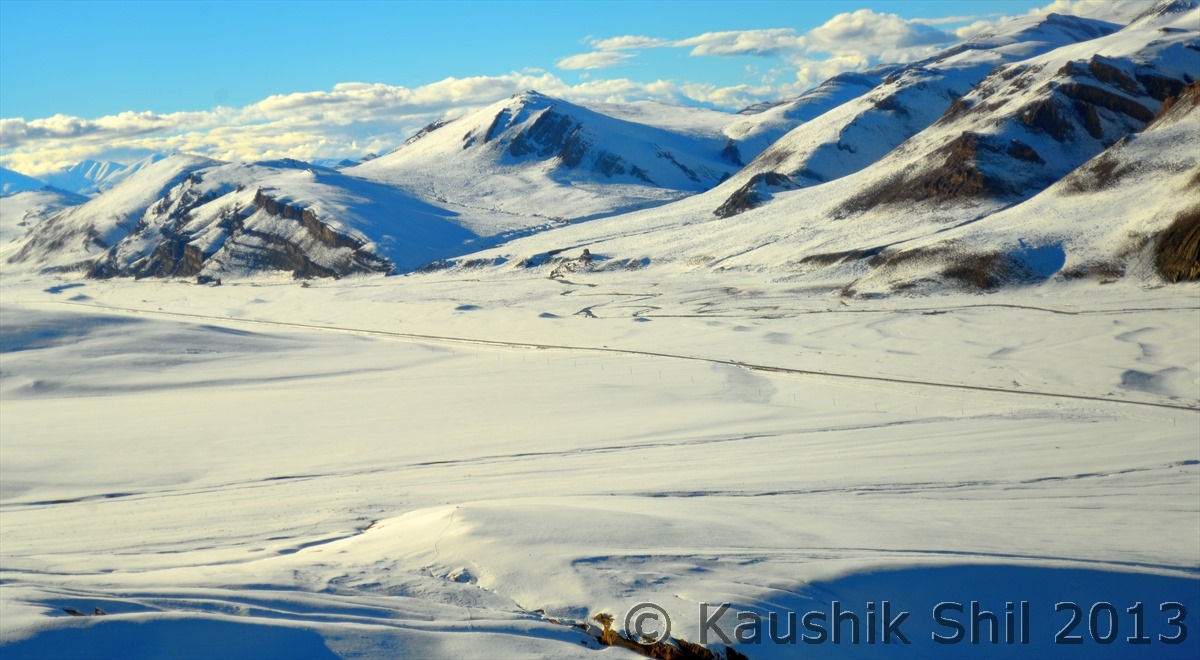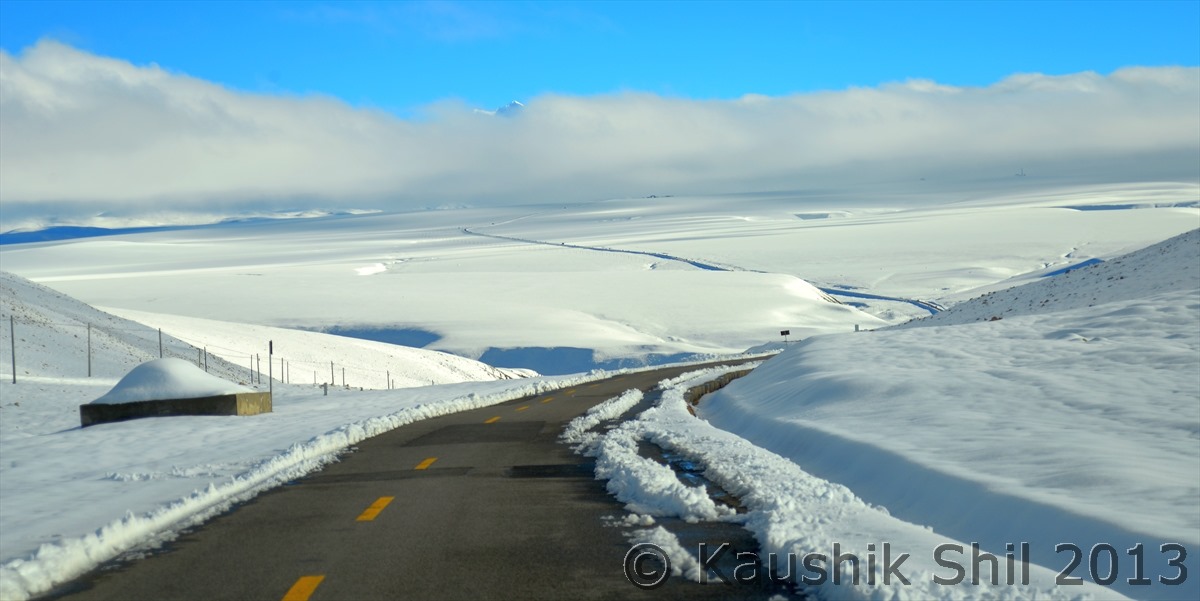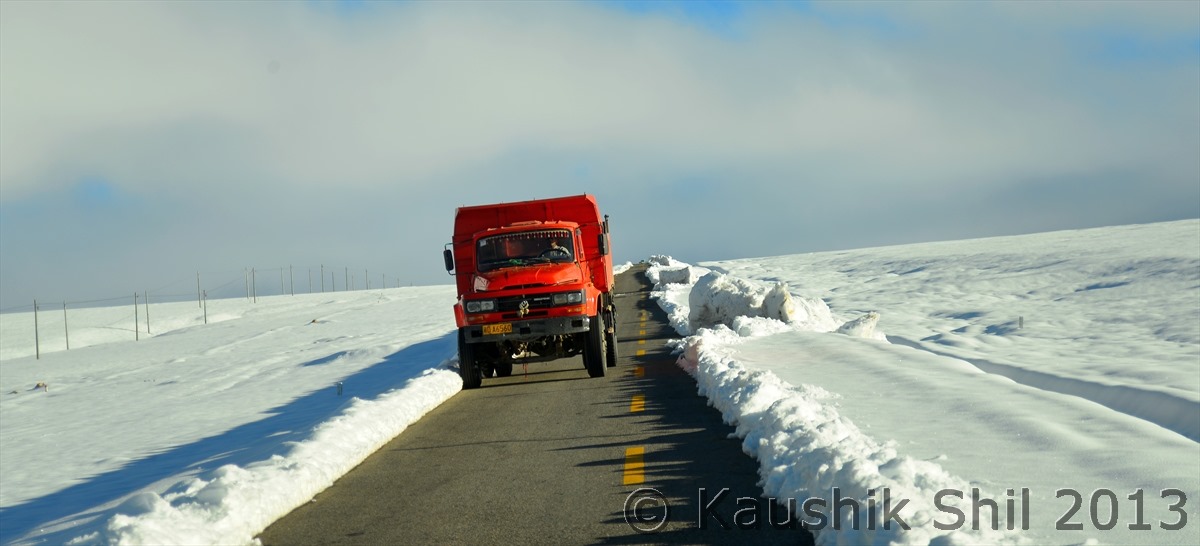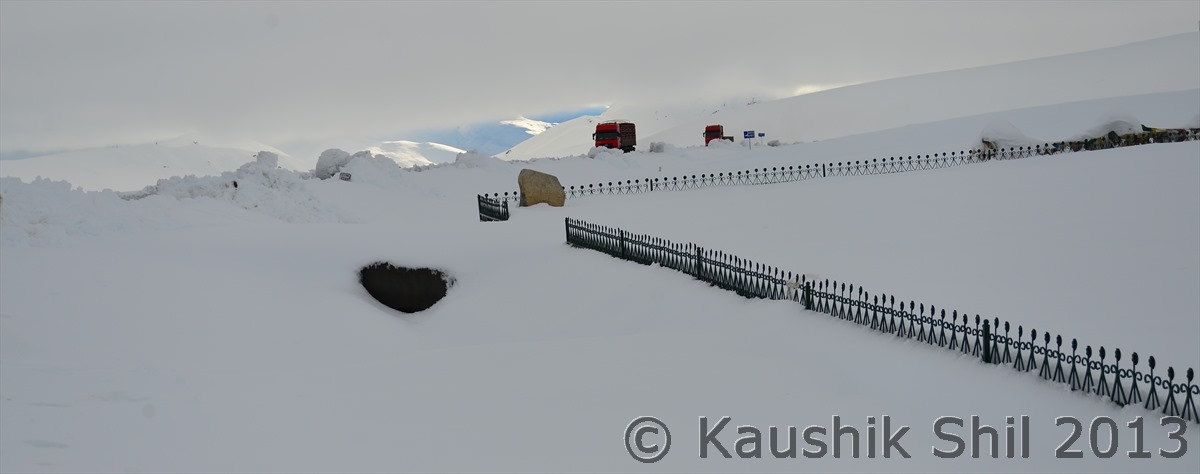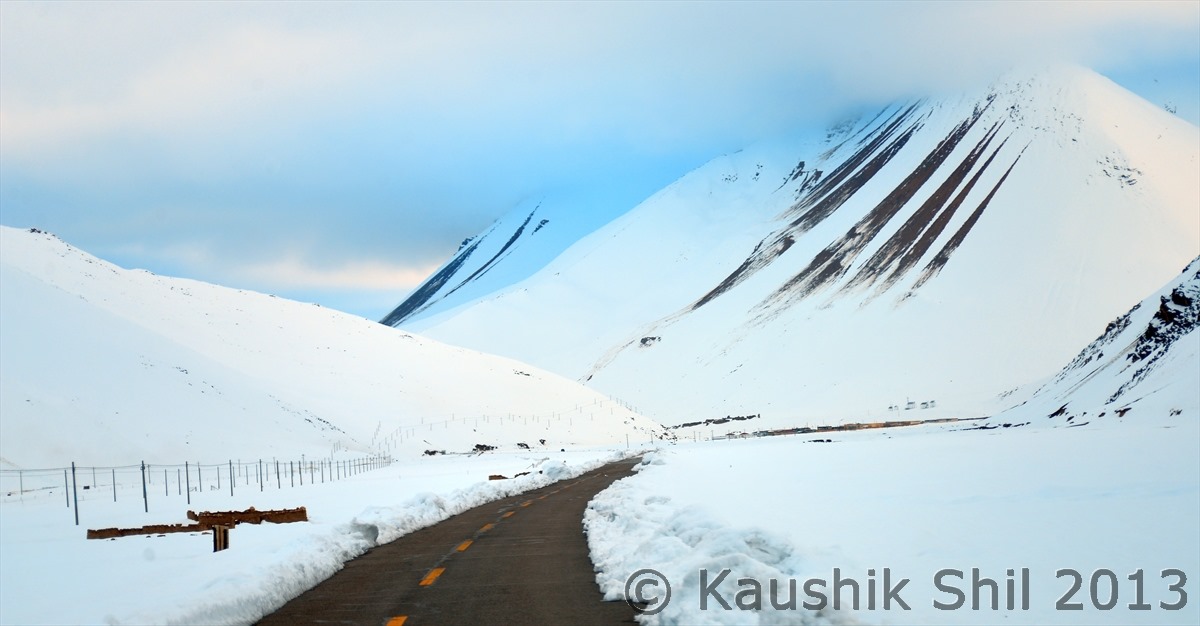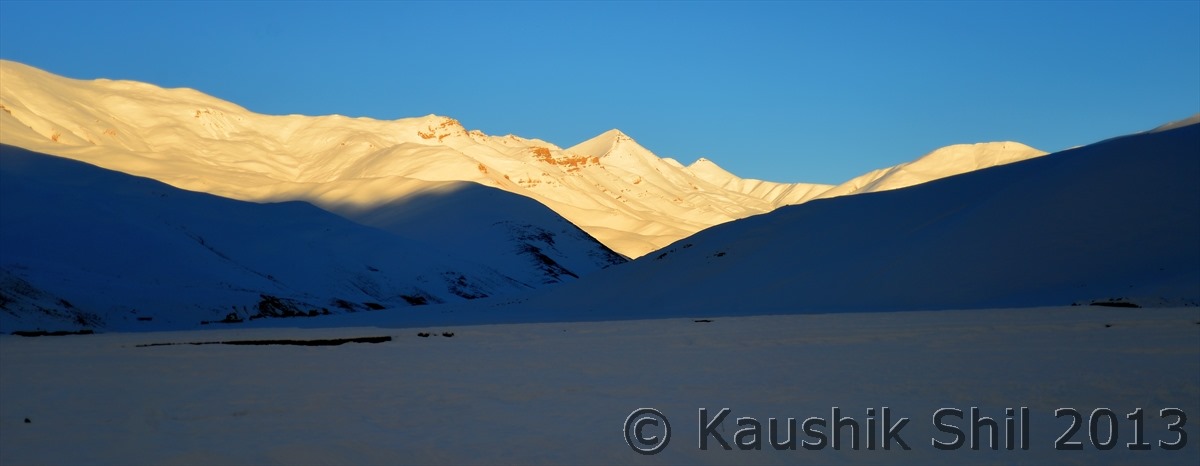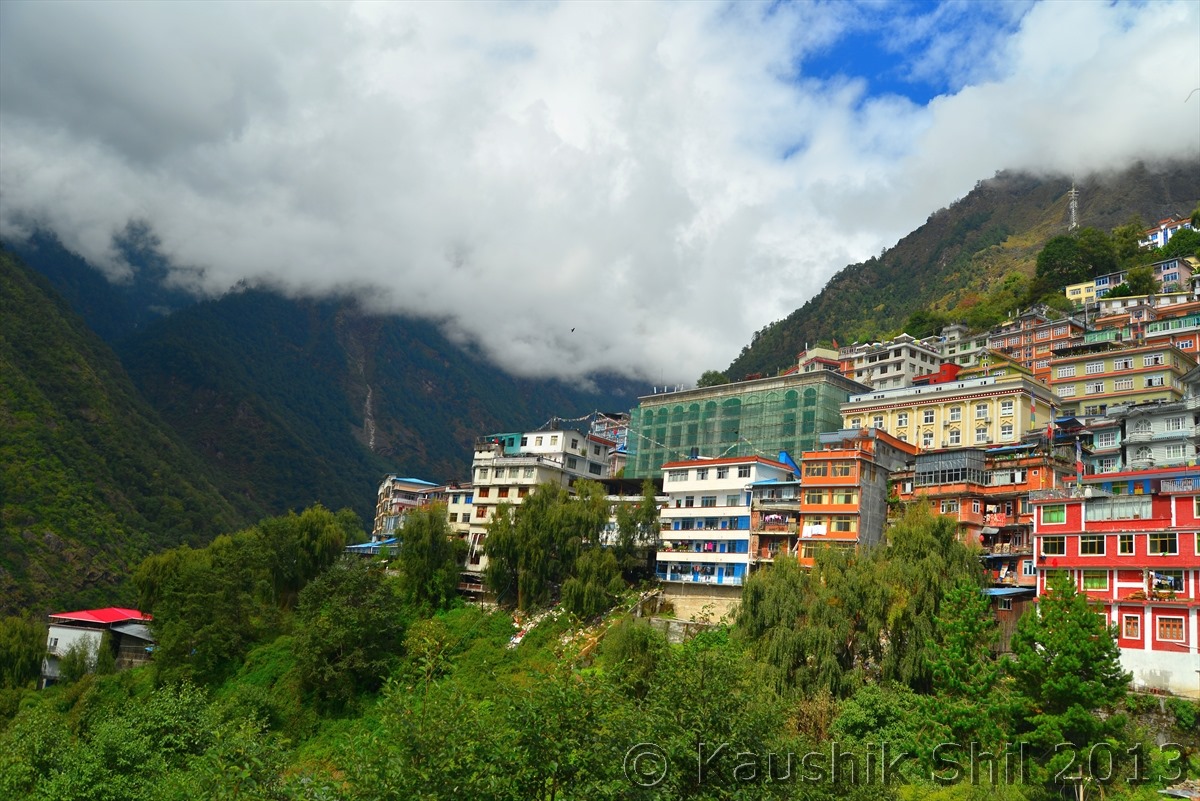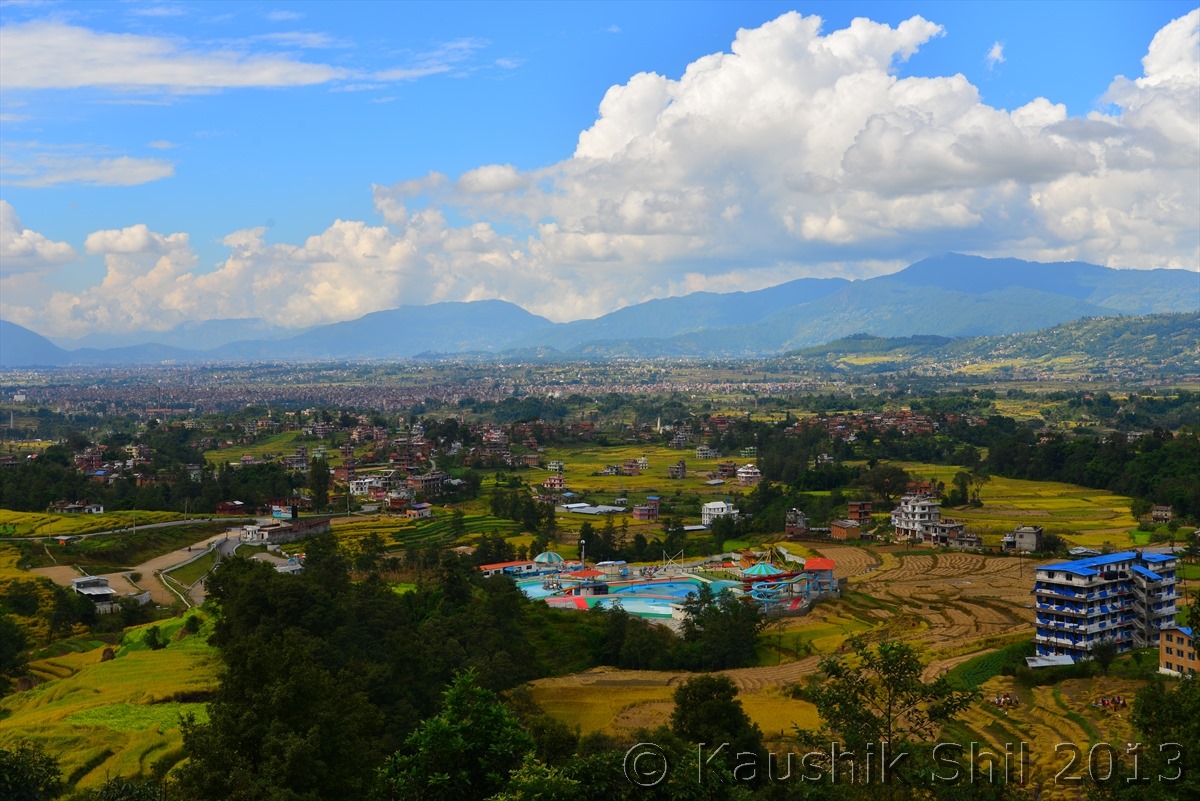International Air Tickets: can be purchased from any recommended travel site like makemytrip, thomascook, cleartrip, etc. specially if you are looking to buy China Southern or China Eastern Airlines, Except Air China no Chinese Airlines have any India Specific site (read where you can purchase using INR), else you can go the Airlines sites of US/Canada/Hongkong and check where you get it cheapest after forex conversion to INR. Air China India site doesn’t sell tickets between Chengdu to Kathmandu or Lhasa to Kathmandu for some reason which Air China helpdesk could not explain, if you want to buy any of these scenic route flights your option is to use Air China’s US/Canada website but don’t try to buy them from their original site which is Chinese and accept Chinese card only.
Usually in China like other places, there are 60 days, 30 days, 15 days slab and if you can buy ticket even just before 15 days you get cheap price, but within 15 days makes it double and sometimes triple. Also as I said earlier don’t plan during Chinese New Year and Golden Week Holidays as airfare goes beyond roof during that time.
Domestic Air Tickets: To busy Chinese domestic Air tickets your best bet is ctrip.com, elong.net and travelzen.com These are the 3 very reliable sites to book Chinese domestic air ticket in English and and using visa / master card. Ctrip is biggest and have best deal where as travelzen’s advantage is it’s the only site that doesn’t charge additional 4% when you use a non Chinese credit card. Start following domestic ticket price 30 days before and anytime between 21 days to 7 days before journey you usually get the best price.
Domestic Trains Very popular in China and there are several types of train, for detail refer seat61.com china page and you will get invaluable information. Train Tickets are issued from Chinese official railway site (www.12306.cn) 20 days before travel but unless you are proficient in Chinese and have Chinese Credit Card you can’t use this site. Tickets are on sale 18 days before travel from various stations and city ticket booking office and through agents as well. If you take high speed bullet trains from Beijing – Shanghai, getting tickets are easier but if you try to get tickets of mountain trains from Beijing / Chengdu /Guangzhou / Xining to Lhasa, or some other busy lines, you would find it sold out on first few mins of selling. It’s even faster than what we see in IRCTC here during some festival. So specially for Lhasa train, you need to depend on agent and be ready to shell out high commission (sometimes same as ticket price, that means 100% commission) if you want better class like soft sleeper. During high season, even agent can’t guarantee your ticket in your preferred train and preferred class.
Few things on Lhasa Train:
1. You arrange your Lhasa Train Tickets through Tibet Agents and don’t try to get it of your own or by other agents as many things need to be coordinated with train journey date and it’s very slim chance you would get the train ticket of your own unless you try in leanest season of Dec/Jan.
2. Negotiate with the agent on commission but that depends on time of travel.
3. Currently there are daily 5 trains between Xining to Lhasa between 15.00 hours to 20:15 hours (Departure from Xining), The later train you take, you would get better view as you would cross most interesting Golmud – Lhasa section in day time. But getting tickets on a later train is more difficult.
4. Usually it’s cheaper and easier to travel by train in reverse direction. So if you fly in to Lhasa and take a train out, availability of tickets will be more, and cost of commission will be less.
5. In China, age doesn’t matter for concession ticket, what they check is height instead  If someone is below 1.2 mtr, it’s free, between 1.2 to 1.5 mtr its half price, above 1.5 mtr full price. This rule even applicable for scenic fee entries. In station I heard (not seen) they have measurement tape to measure the height in case of any confusion
If someone is below 1.2 mtr, it’s free, between 1.2 to 1.5 mtr its half price, above 1.5 mtr full price. This rule even applicable for scenic fee entries. In station I heard (not seen) they have measurement tape to measure the height in case of any confusion 
Bus Tickets:
There are lot of long distance buses (sleeper type) available between almost all cities and if you can tolerate Chinese smoking randomly inside bus, it’s an excellent way to save money as bus travel is not very uncomfortable and quite cheap. This also reduce your hotel cost if you can get yourself in a night bus. Bus tickets can’t be bought online, you have to purchase from local bus station 48 hours before journey or can get it through agent.
Local Transport:
Local buses are there almost in all cities where the cost of travel is just 1 CNY where ever you go. Cabs are available but charges vary between city to city, in Beijing /Shanghai it’s costlier than cabs in Kashgar. Remember in Tibet foreigners are not allowed to take a local transport.
Self Drive:
Whatever I read, that self drive needs Chinese Driving License as IDP convention was not signed by China. But big Govt travel agents like CITS arrange the self drive tour (that even includes Xinjiang – Tibet) – China Self-drive Tours
Also companies like Navo is specialized in self driving in China, manages a temporary 90 days China Driving license for tourists but as you understand it’s not easy and straight forward like driving in US and Europe or Australia.
China self-driving tours; foreigners drive Chinese vehicle in China & Oversea
Hire car and Driver:
Hassle free but moderately costly option is a good choice if you can find a local driver who can speak in English, which is extremely difficult to find in any part of China. Most cars go by daily rate which includes fuel, driver’s charge, accommodation, parking, toll (There are lots of toll roads in China). But ice on the cake is if you can find an English speaking driver who can have a guide license. Actually only licensed guides can enter into any designated scenic places and sometimes in some areas, guide is a must for foreigners. But taking a separate guide will cost you a bomb (charges anything between 60 to 100 USD per day just for guide). Somehow I managed to find 2 such English speaking drivers who has guide license in both North and South Xinjiang trip and both were found excellent in their service. I will post details about their contact later but as none of them linked to any travel agency (Just independent driver / Guide) the cost was much lesser than arranging it through an agency.
Thumb rule: Don’t take Chinese Drivers, their driving record is worst in world and also specially if you go to minority dominated place like Xinjiang and Tibet, Local Uighur / Tibetans are better bet as they speak fluently local, Chinese and English (for your case) and have lots of local contacts which is pretty helpful to know situation in advance in a country where information flow is restricted.
Money:
Though agents / drivers / guides will ask you send in advance, I managed to bypass that and didn’t send any advance, sending money to China means even recipient bank deducts 4% bank charge on the amount you remit, in dollar that hurts. Also there is no PayPal and Western Union possible between India and China, your only option is bank transfer which is having lot of paperwork, Chinese visa and travel is so uncertain if your trip gets cancelled, to get your money back, you have to again pay commission to Chinese Bank.
So my target was simple, carry cash, cash and cash!! Many forex dealer like your bank or Amex or Thomascook will try to teach you to be modern and carry a forex card but no one can offer a card that is loaded in CNY as a result you will pay 4% as forex transaction charge each time you swipe that. Also no of visa / master enabled ATM is few specially in remote areas. China is a country where you will face lot of paperworks and processes in anything you do, even encashing TC will be charged 25 USD and a lot of time, your 3/4 hours will be lost to encash 1000 USD.
Always carry Forex in USD which is most readily accepted in China, don’t try to bring CNY from India as that will cost you more rather than converting USD there in China (In China CNY-USD rate is fixed and even in black market if you encash dollar it’s still same) and Chinese Customs is strict on carrying with large amount of CNY. Completely torn bad notes even work (as they say) till it bears the face of Mao. Using black market to convert is easier and very quick but problem is if you convert more than you require and need to get USD back when returning you need another black market to do it as without proper receipts no bank will change your CNY to USD.
Credit Cards are used only in big cities and big hotels, otherwise, master / visa card is not much use in remote china.
Connectivity:
Most hotels have wired network, few have even Wi-Fi. But configuring it not easy even for wired, plug and play doesn’t usually work and the instruction written in room/ modem all will come in Chinese which you won’t understand, if you call someone in hotel, he won’t be able to read English in your screen, so depending on that is little difficult and unpredictable.
I carried a Chinese Data Card available from Matrix and it worked nicely and saved me many situations.
Mobile
Your international roaming will be too costly, getting a Chinese local SIM is easy (though need some paperwork in sensitive areas of Xinjiang and Tibet) but worst is their bill plan works only in City. So if I buy a SIM in Urumqi, it will start roaming just outside of it and many times won’t work at all. Best is to get SIM which works across whole China, though that is not easy to find, so again I chose Matrix and though charges were little higher than getting local prepaid SIM, it helped me escaping lot of hassles. You need a good mobile as sometimes our driver left us on road to park and then we had to talk 15 mins over mobile to find him out because you won’t be able to tell your exact location as everything around you is written in Chinese.
Others
Good to have a health insurance if you are in a long trip to China but later I saw in my Bajaj Alliance insurance, in fine print it was clearly written “Tibet is not covered specially Mansarovar Yatra”
If you are very social and can’t live without Facebook or may need Google or some of your favorite site, 90% chance you will see they are blocked in China. So you need a temporary subscription of some VPN or Proxy Server which will route your browsing through some servers located in Hongkong or US.
Take all your important document printouts in Chinese, like your name, your details, etc. and documents like Air Ticket, Hotel Voucher etc should be printed in Chinese, we were almost missing our flight as we didn’t care for this. You will rarely get someone even in an Airport which is 3 times bigger than Delhi T3 where people can read or speak English.
So with all these in our tiny heads, we started the trip on 20th September from home to catch a Kolkata – Kunming Flight of 21st Sep, early morning (12.30 am).
Approaching Thong La, through which Friendship Highway crosses High Himalayas, Can you spot the Kiyangs:
The below road, can you identify? That’s going to Manas Sarovar, Mt. Kailash:
Seems Heavenly:
After Cyclone Philin the snow was so heavy, Chinese machinery took 72 hours to open just one lane of the road :
Thong La around 5500 mtr:
Inside mighty Himalayas:
Never seen a sunset in Himalayas sitting on top of it. Unbelievable!! :
The Border Town between Nepal and China (Tibet) at last, in Chinese Zhangmu, in Tibetan Drum. The landscape changed drastically with more green and height is now just 2250 mtrs
First View of Kathmandu where our epic journey ends as we catch flight back home from here:
Previous: Visa and Flights to China
Next: Day 0, 1 and 2

